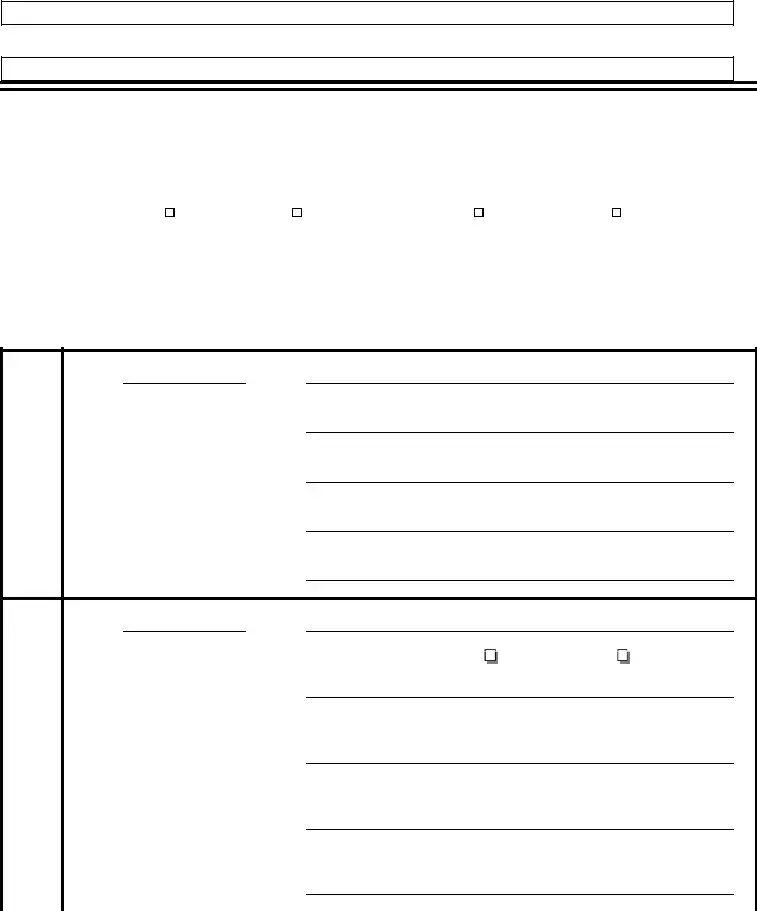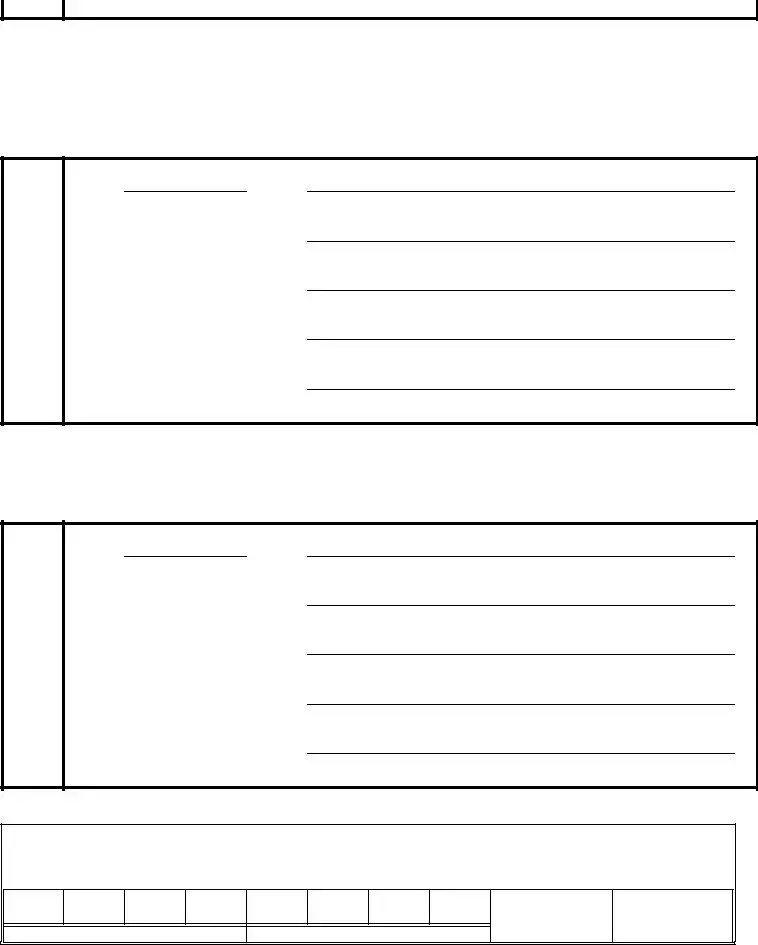The NJEDA AA Form 3 is closely related to the Contractor’s Qualification Statement, a document used to evaluate potential contractors' qualifications for a project. Both serve as certifications; while the NJEDA AA Form 3 focuses on affirming completion and adherence to wage and affirmative action standards, the Contractor's Qualification Statement assesses a contractor's capability, financial stability, and experience. Each document plays a crucial role in ensuring that projects are carried out by competent, compliant teams.
Another document similar to the NJEDA AA Form 3 is the Certificate of Insurance. This certificate is a testament to the fact that a construction project has the necessary insurance coverages in place, much like the NJEDA AA Form 3 certifies completion and compliance with labor regulations. Both documents are fundamental in managing risk and ensuring that all involved parties are protected against unforeseen circumstances, thereby promoting trust and credibility in the project's management.
The Performance Bond is a financial guarantee that the contracted party will fulfill their obligations. In essence, it's like the NJEDA AA Form 3’s promise of project completion and compliance but focuses on financial security for the project owner. Both documents are mechanisms that provide assurance and build confidence in the financial and ethical management of construction projects.
Worker’s Compensation Affidavit is another document akin to the NJEDA AA Form 3, confirming that a contractor has appropriate workers' compensation in place for all employees involved in a project. While this affidavit specifically concerns insurance for workers, the NJEDA AA Form 3 encompasses a broader range of certifications including project completion, prevailing wage payment, and efforts towards minority and women workforce inclusion. Both forms are vital in safeguarding workers' rights and ensuring fair labor practices.
The Prevailing Wage Certification, much like the NJEDA AA Form 3, is dedicated to affirming that all workers are paid at least the prevailing wage rates applicable to a project. While the NJEDA AA Form 3 covers this aspect as part of a wider range of certifications, the Prevailing Wage Certification zeroes in specifically on the aspect of fair compensation, reinforcing the importance of adhering to wage laws.
The Subcontractor Approval Form, utilized to obtain formal consent for subcontractor participation in projects, parallels the NJEDA AA Form 3’s function of enumerating key project members like subcontractors and general contractors. Both documents are crucial for project management, ensuring transparency and oversight over who is involved in a project and confirming their credentials and compliance.
The Minority and Women Owned Business Enterprise (MWBE) Participation Form serves to document efforts to engage minority and women-owned businesses in a project. It aligns with the NJEDA AA Form 3’s emphasis on minority and woman workforce participation goals, demonstrating a project's commitment to diversity and inclusion in its workforce and subcontractor selection.
The Project Completion Certificate, while broadly outlining the completion status of a project, shares similarities with the NJEDA AA Form 3 which also certifies the substantial completion of construction projects. Both documents mark critical milestones, highlighting the transition of projects from active construction to completion, ensuring that all terms and conditions have been met.
Financial Statements of the contractor or project owner provide insights into the financial health and capabilities of the entities involved in a project. These documents complement the information in the NJEDA AA Form 3 by offering a backdrop of financial stability which supports the declarations made in the form, such as the ability to pay prevailing wages and achieve completion milestones.
Labor and Material Payment Bond ensures that subcontractors and suppliers are paid for their contributions, aligning with the NJEDA AA Form 3’s assurance that workers are paid at least the prevailing wage rates. Both documents advocate for the rights and compensation of those contributing to a project, ensuring they are fairly compensated for their labor and materials.

